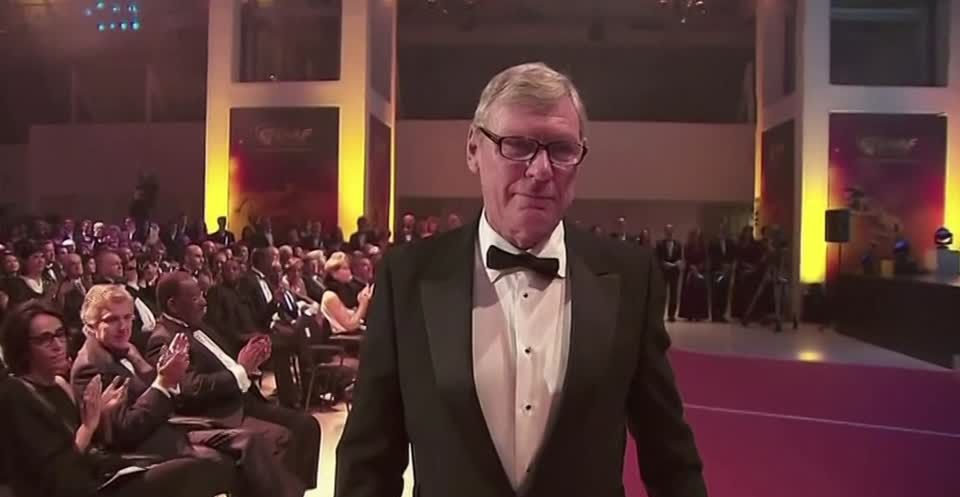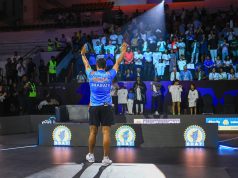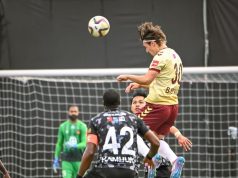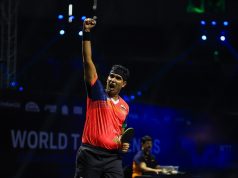Sir Peter Snell, regarded as New Zealand’s greatest athlete and world’s one of the most successful middle-distance runners, died in Dallas at the age of 80. His death was sudden, as revealed by his wife Miki Snell. But the cause of his death can be regarded as his prolonged heart ailment for which he required a pacemaker for several years.
With Peter Snell’s death the world lost a true gentleman who not only won Olympic gold medal thrice but also was an academician, scholar and a researcher of exercise physiology and human performance.
EARLY DAYS OF PETER SNELL
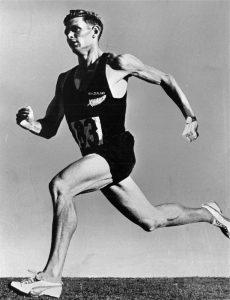 Born at Opunake on 17th December 1938 in a sporting family, (his mother played Tennis and his father played Golf), Peter Snell began his sporting career in different ball games like Rugby, Cricket, Golf and Tennis. He was successful in Tennis as he won several school tournaments but at the same time he had a special interest in Running.
Born at Opunake on 17th December 1938 in a sporting family, (his mother played Tennis and his father played Golf), Peter Snell began his sporting career in different ball games like Rugby, Cricket, Golf and Tennis. He was successful in Tennis as he won several school tournaments but at the same time he had a special interest in Running.
His family moved to Waikato when Snell was 11 years old and that turned to be a boon for him. Peter Snell was spotted by Arthur Lydiard, one of the world’s finest coaches of middle and long distance athletes. Lydiard is credited with popularising a unique training method of Running based on a strong endurance base and periodisation.
TRAINING OF PETER SNELL
With a height of approximately 5.10 feet and heavy-built physique, Peter Snell was more like a 400 metre runner rather than milers of that time. But Lydiard was impressed by his speed and so he offered Snell to join his running group. He knew that Snell needed endurance training for becoming one of New Zealand’s best middle-distance runner.
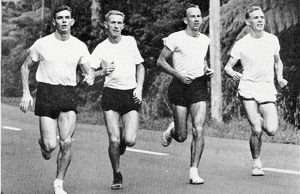
Arthur Lydiard’s endurance programme involved a regular 22-miler (35 km) on the famous Waiatarua Circuit in Auckland. It would start from the front of Arthur’s house followed by a gradual 5 km ascent, then about 5 minutes of gradual downhill and again followed by an undulating run for the rest of the distance on the ridge of Waitakere mountain range overlooking Auckland.
This regular endurance run on road rather than on track gave enormous stamina to Snell and his fellow runners. Another advantage of Snell was that he had some of the best fellow runners in his training camp like Murray Halberg, Bill Baillie and Barry Magee.
INITIAL TITLES OF PETER SNELL
Peter Snell gradually started to win titles in New Zealand. He won the New Zealand championships at 880 yards and 1 mile in March 1959. He continued to improve under the tutelage of Lydiard; thus he surrendered completely to his training. His mentor gave the valuable advice about patience and not to think of results in the initial days of training.
There were ups and downs in the results of Peter but there was a constant effort to ride to the next level of excellence. In 1960 he finished fourth in the national 10,000 metre cross country and set a New Zealand 880-yard record of 1:49.2, making him a contender for the Olympic team that year.
OLYMPIC SUCCESS OF PETER SNELL
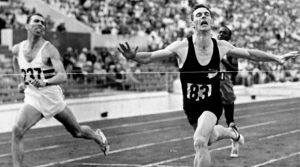 Olympic marathon bronze medalist Barry Magee who happened to be Snell’s friend and training partner, once said “He won three Olympic gold medals, two Commonwealth Games gold medals, and broke seven world records. There will never be another New Zealand athlete like him.”
Olympic marathon bronze medalist Barry Magee who happened to be Snell’s friend and training partner, once said “He won three Olympic gold medals, two Commonwealth Games gold medals, and broke seven world records. There will never be another New Zealand athlete like him.”
In 1960 Olympics at Rome, Peter Snell was relatively unknown in 800 metres in comparison to the then world record holder Roger Moens of Belgium and George Kerr of Jamaica. But his blistering run against the well-known athletes to take home the gold medal, shocked the audience.
In a Peter Snell interview, it is recorded that as a teenager he never thought of winning an Olympic medal and he was lucky enough to develop an athletic career. But there was luck coupled with hardwork and unique training method that developed the unbeaten athlete in Snell.
In the 1962 Games at Tokyo Peter Snell was the star. As expected he won gold in 800 metres and also 1500 metres, thus achieving the rare feat of a golden double. Snell became the only male to achieve this feat at the Olympics since 1920 and it has not been achieved by any male athlete at the Olympics hence.
WORLD RECORDS AND EARLY RETIREMENT OF PETER SNELL
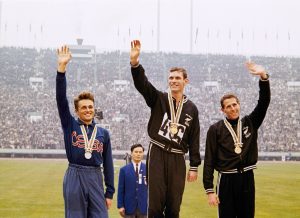 In January, 1962 in Wanganui, he became the first New Zealander to break a four-minute mile and eclipsed the world record held at the time by Australian great Herb Elliott. In the same year, Snell set new world records for both the 800 metres and 880 yards at Christchurch. In the Commonwealth Games in 1962, he won gold and set a new record for 500 yards and won gold in 1 mile. In all, Snell set five individual world records and joined fellow New Zealand athletes to set a new four by one mile relay record as well.
In January, 1962 in Wanganui, he became the first New Zealander to break a four-minute mile and eclipsed the world record held at the time by Australian great Herb Elliott. In the same year, Snell set new world records for both the 800 metres and 880 yards at Christchurch. In the Commonwealth Games in 1962, he won gold and set a new record for 500 yards and won gold in 1 mile. In all, Snell set five individual world records and joined fellow New Zealand athletes to set a new four by one mile relay record as well.
There is an interesting quote of Peter Snell- “Running cleared the day’s cobwebs from my mind and focussed my thinking and gave me time and space to sort out anything that was bothering me, or to detach and think of nothing at all.”
But perhaps Snell became bored of Running too early. In 1965 as he started losing to many lesser-known athletes, he announced his retirement.
OTHER FACTS OF PETER SNELL
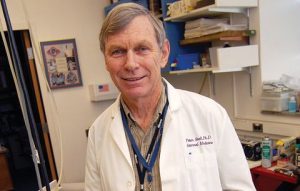
- After retirement from athletics Snell worked for tobacco giant Rothmans till 1971.
- He moved to the US after that to pursue his academic career.
- He gained a B.S. in human performance from the University of California and his Ph.D in exercise physiology from Washington State University.
- He became a research fellow at the University of Texas Southwestern Medical Centre in 1981.
- Later he became the director of the university’s Human Performance Centre.
- In 1999, he was the first inductee into the freshly created New Zealand Sports Hall of Fame.
- In 2000, Snell was voted New Zealand’s athlete of the century. He was knighted soon afterwards.
- Snell became a competitive Table Tennis player who competed in Texas State and US Championship events and also World Masters Games in 2017.
Peter Snell lived a chunk of his life in the US but he always remained close to his homeland. He took some important roles for various sports organisations of New Zealand in the 1990s. His own country also showered him immense love and respect. In 2001, Macleans College in Auckland created Snell House as part of its “whanau house” system. At Opunake, a bronze statue of Peter Snell was unveiled on 19 May 2007. On the Whangaparaoa Peninsula in North Auckland, holiday camps are run at the Peter Snell Youth Village which is named after him. To honour their famous son, Snell Drive was made in the Hamilton suburb of Chartwell.

